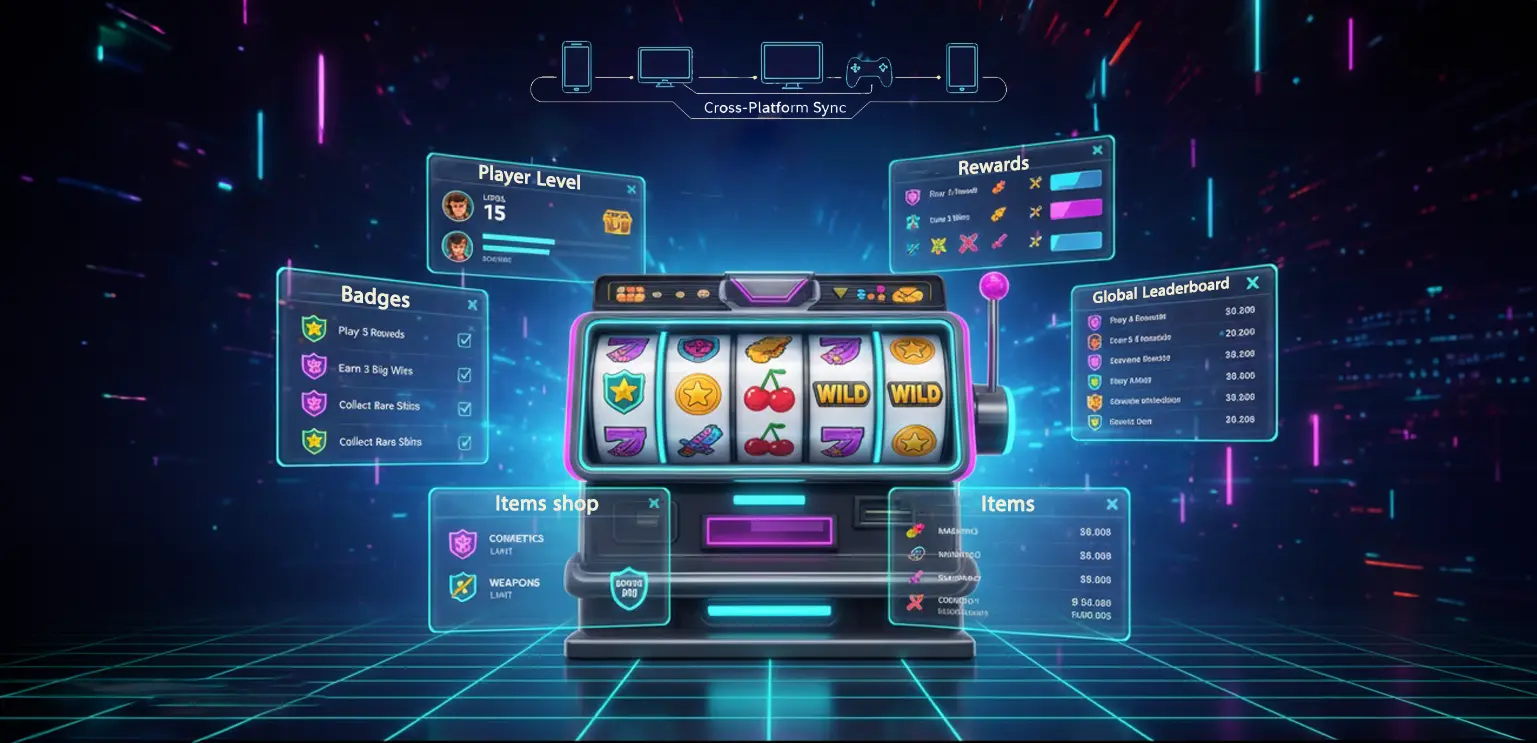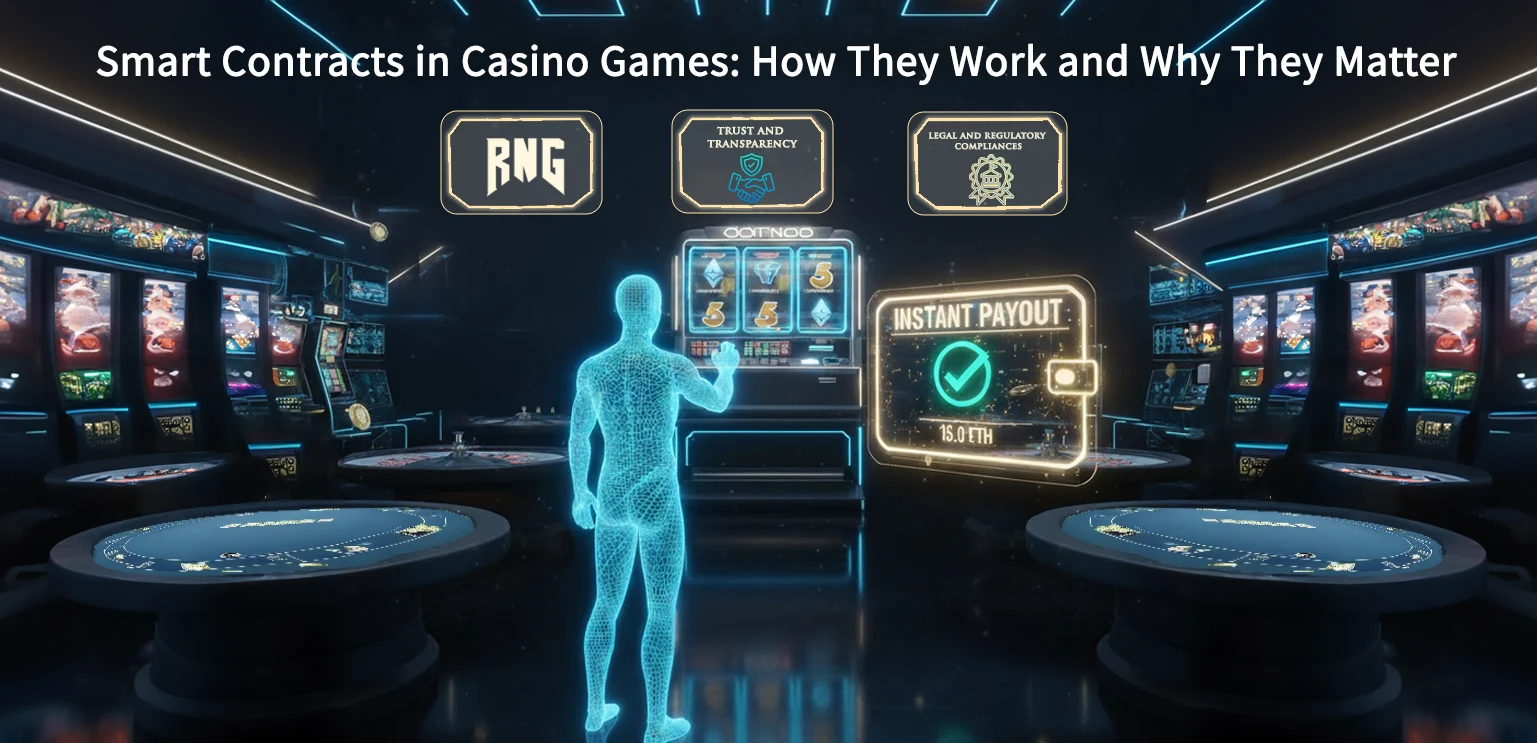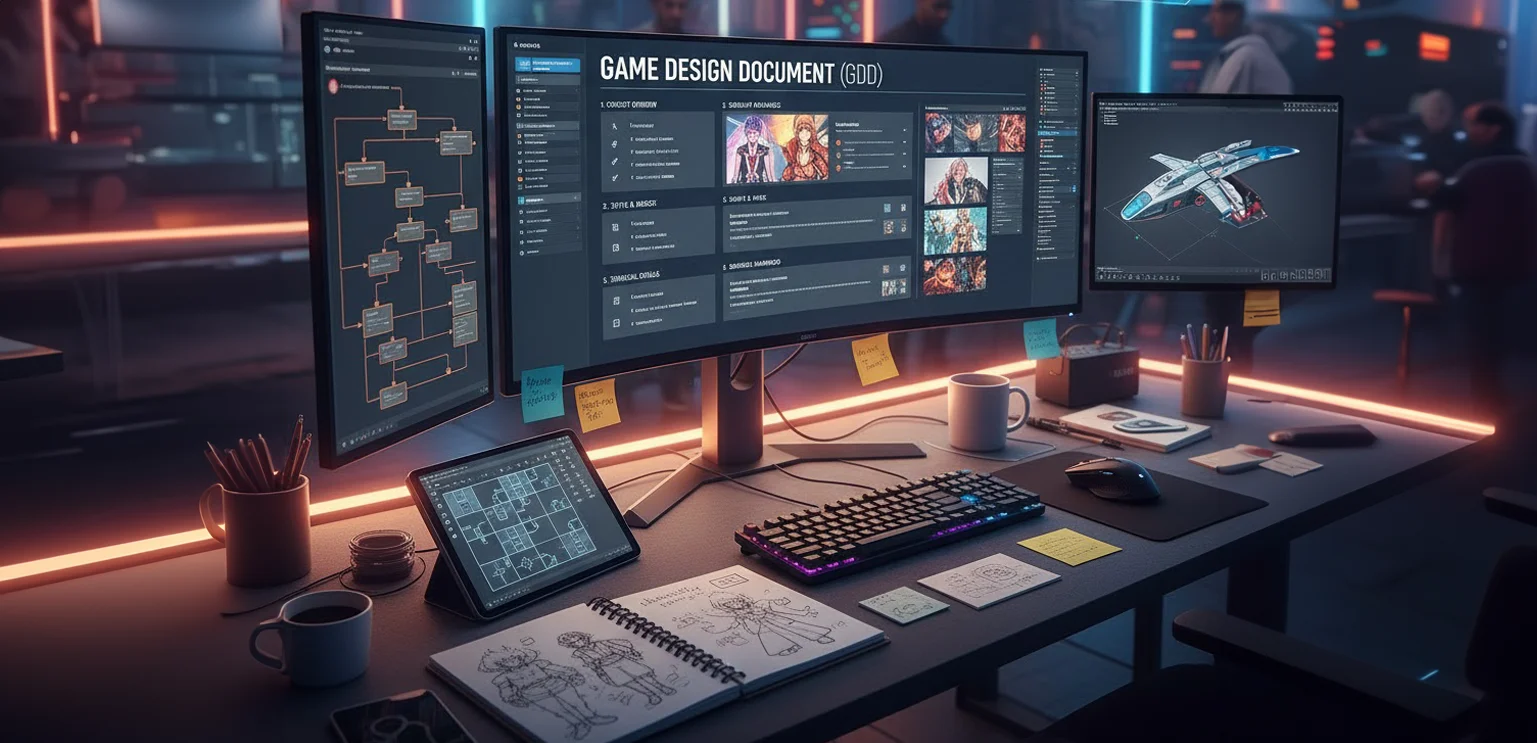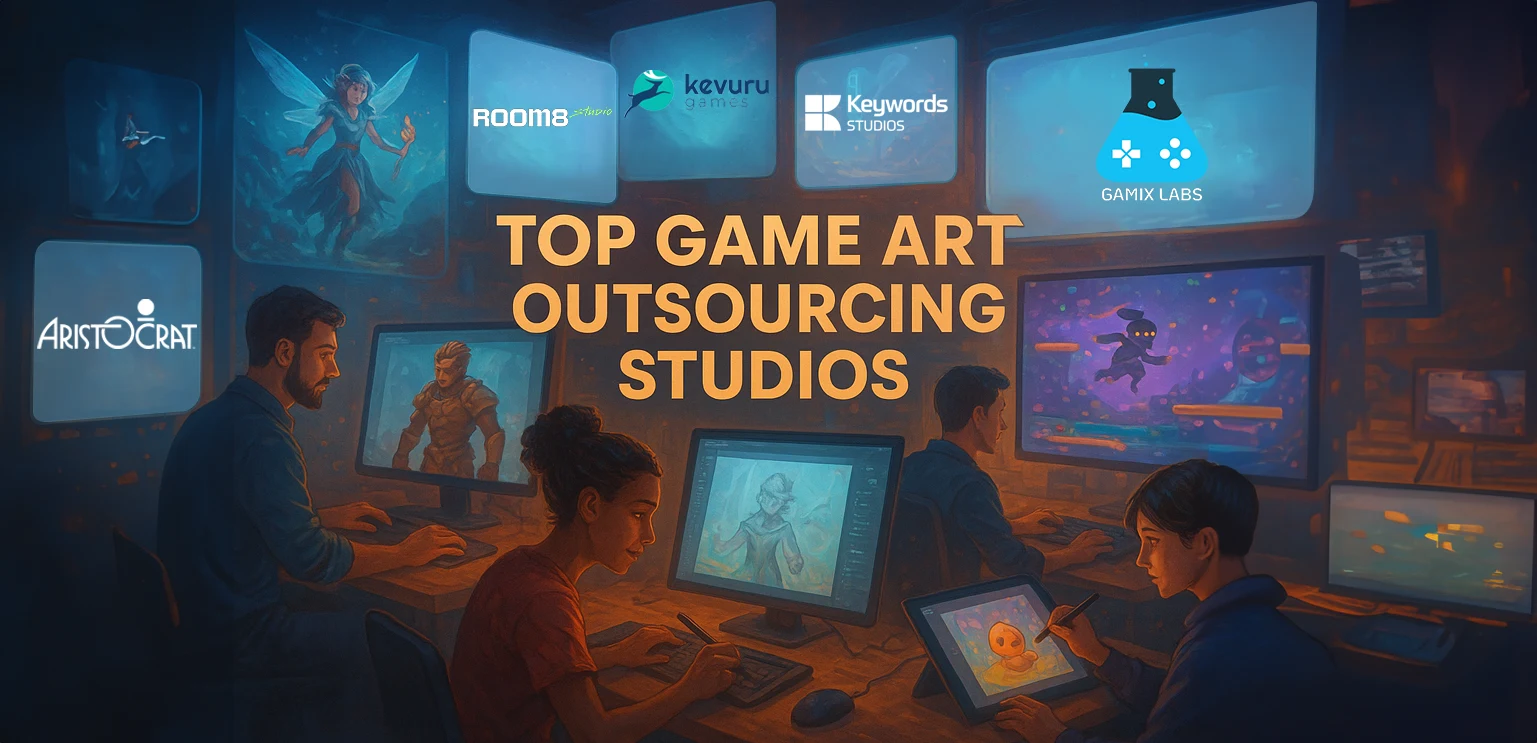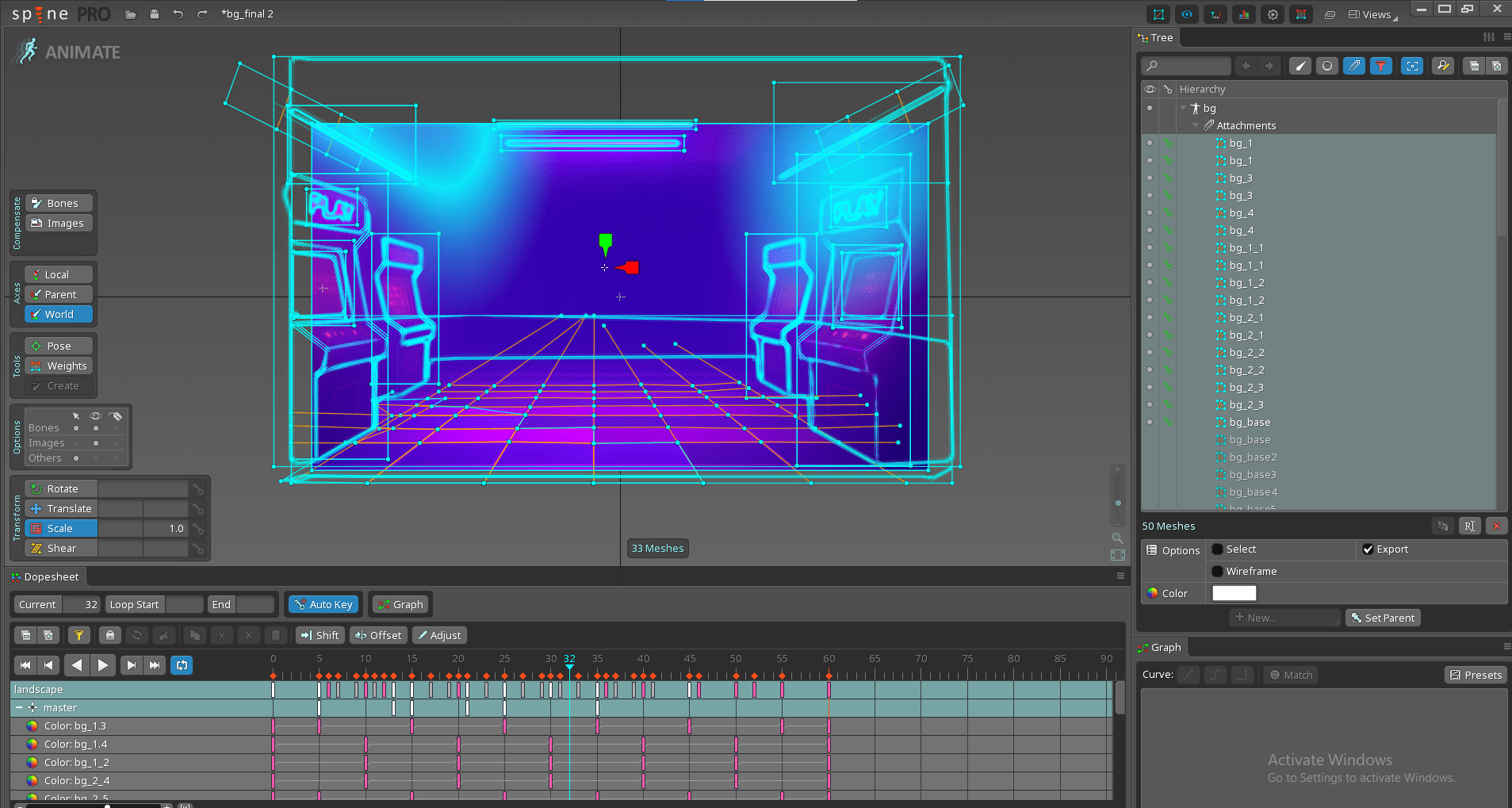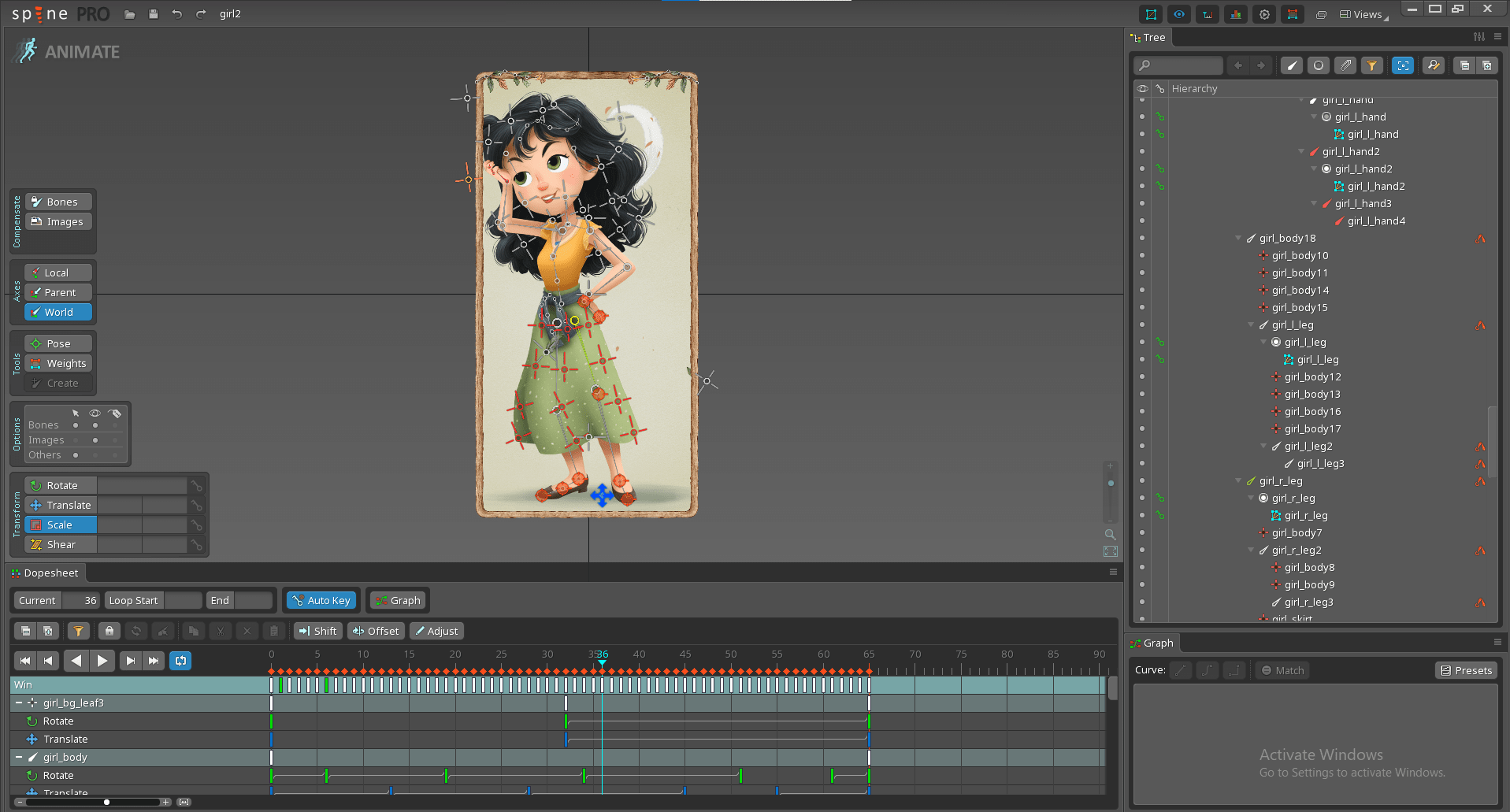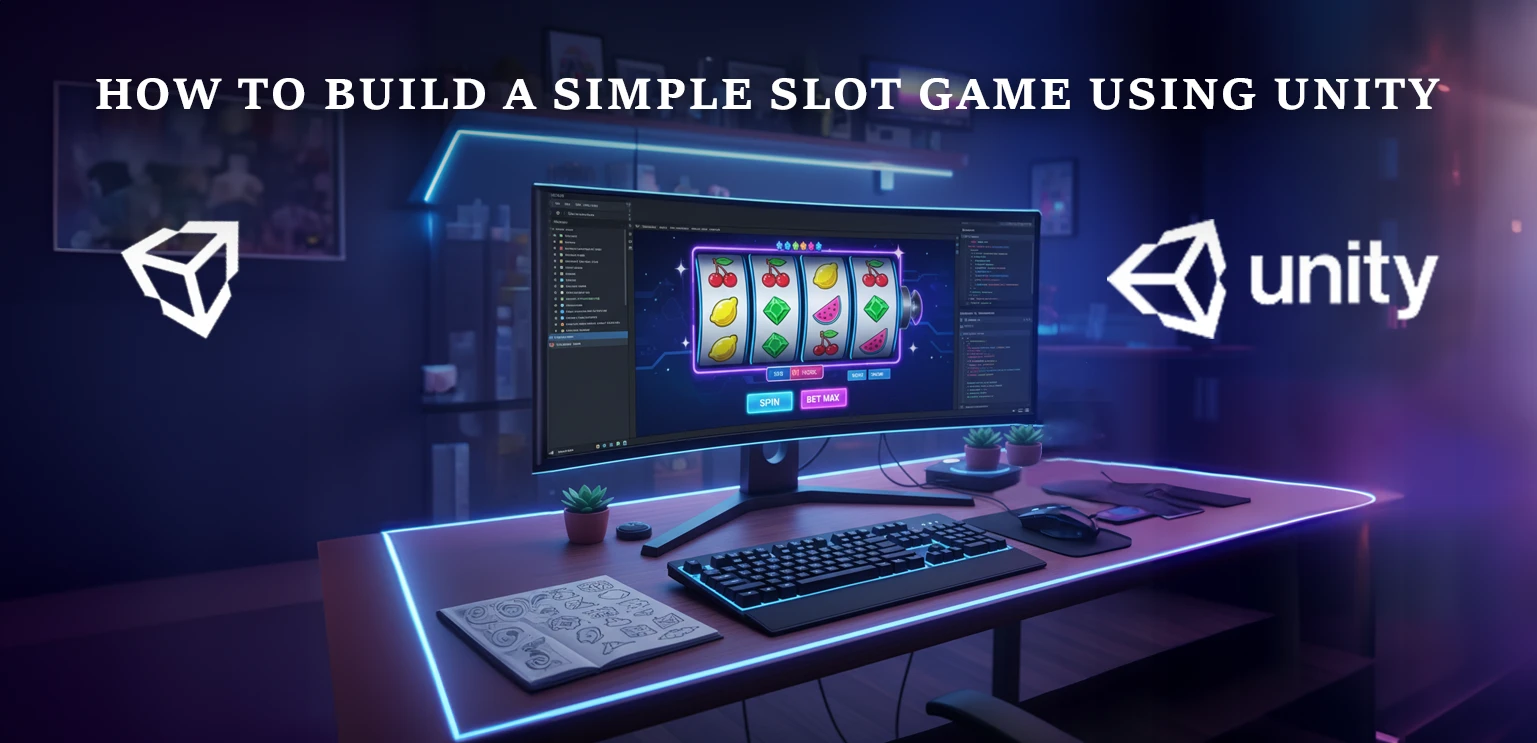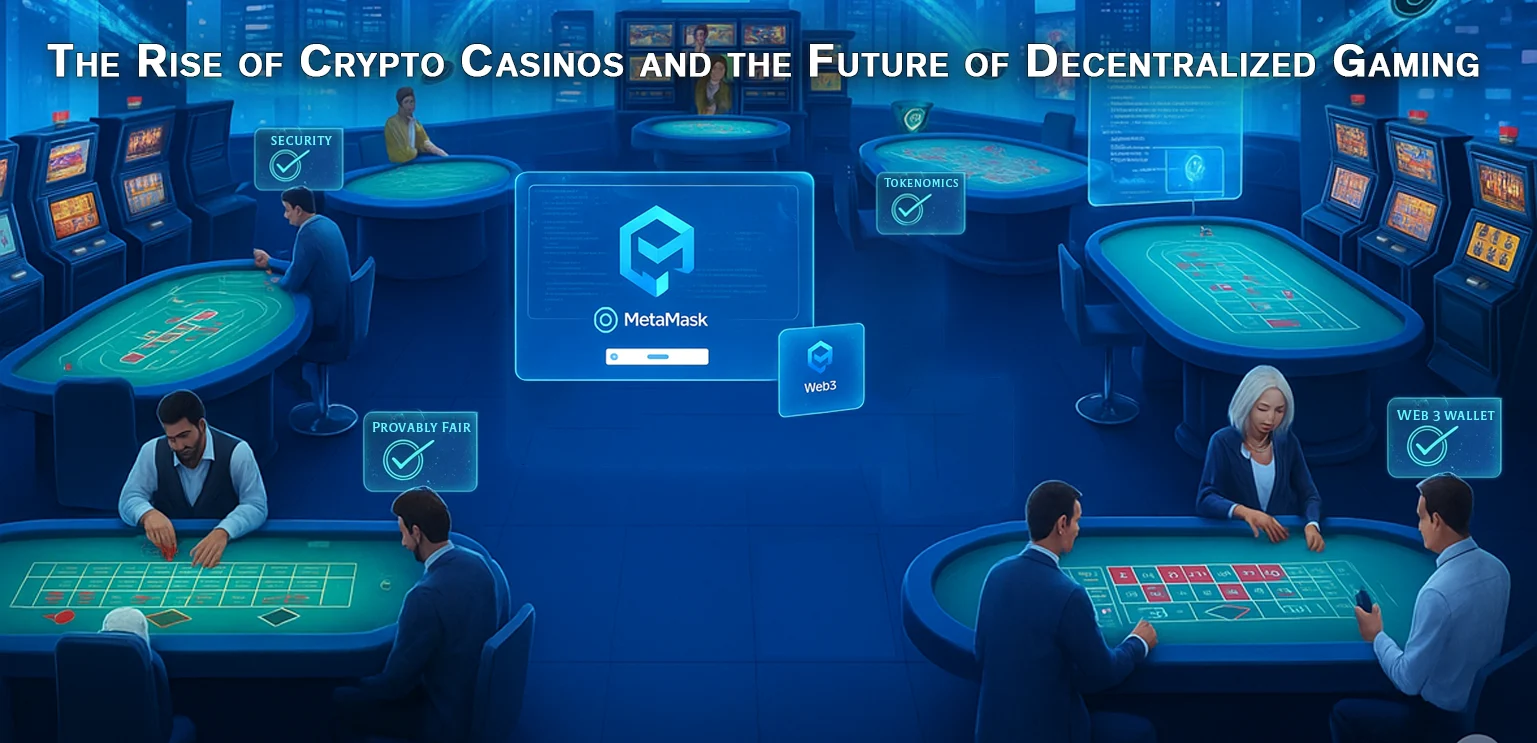India’s Rise in Game Development: A Global Powerhouse
It started with a cracked phone screen. Ravi, a 22-year-old student from Pune, was addicted to a mobile racing game. He played it during breaks, late at night, even while waiting at bus stops. But one day, while celebrating a win, he dropped his phone. The screen shattered — but his passion didn’t.
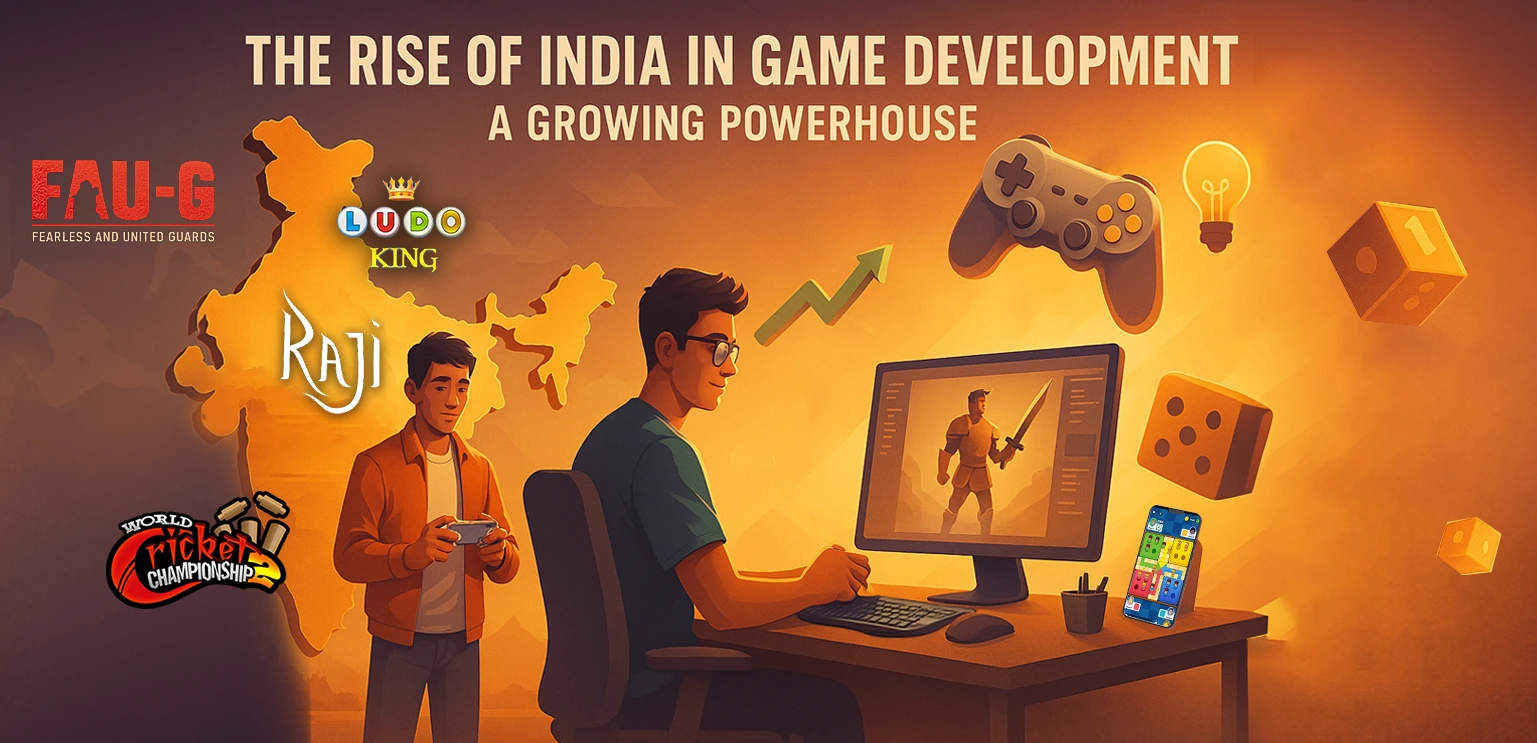
That passion didn’t stop with gaming. It transformed into curiosity. Ravi started watching game design tutorials on YouTube, enrolled in an online Unity course, and soon, he wasn’t just playing games—he was building them.
Ravi isn’t alone. His story reflects a growing wave in India—a new generation that’s not just playing games but creating them.
India’s Booming Gaming Market
India is now home to over approximately 500 million gamers. Yes, you read that right. So this isn’t a casual trend—it’s a movement. Affordable smartphones, low-cost data, and cultural shifts have made gaming more mainstream than ever.
- The Indian gaming industry is expected to reach a value of $9.1 billion by 2029.
- Mobile gaming makes up nearly 90% of this surge.
- Esports and live-streaming platforms are becoming career paths.
Yet, beyond the numbers, it’s the emotion that’s driving this change. Young people across cities and villages are bonding over battles, building teams, and dreaming of becoming the next big name in gaming.
A Nation of Creators, Not Just Players
India isn’t just a playground anymore—it’s becoming a game development powerhouse. Each year, thousands of bright minds graduate with backgrounds in engineering, art, and design. Increasingly, many of them are choosing game development as their path. And with tools like Unity and Unreal Engine being taught in universities and self-learning platforms thriving, the entry barriers are dropping.
But it’s not just about talent—it’s about passion meeting opportunity.
Indian Studios on the Global Stage
More and more Indian game studios are delivering international-quality work—building original IPs, supporting AAA titles, and offering expert services in game art outsourcing, animation, and mobile game development.
Where Gamix Labs Fits In
At Gamix Labs, we’ve seen this transformation from the inside out. Our team includes artists who once painted characters in sketchbooks and developers who coded their first game in college dorms.
Today, we offer full-cycle game development services—from character design and environment modeling to complete game builds. But more than that, we aim to be partners, not just providers—helping studios worldwide bring their visions to life.
Government Support and Industry Growth
The Indian government is recognizing the gaming industry's potential and offering strong support through initiatives targeting the AVGC sector (Animation, Visual Effects, Gaming, and Comics), such as:
- Startup grants and tax benefits for gaming ventures
- Support for gaming incubators and training centers
- ‘Make in India’ and ‘Digital India’ campaigns promoting local development
These policies are not just paperwork—they're making a real impact. More students are enrolling in game development courses. More studios are launching. More investors are paying attention.
Embracing the Future: Blockchain & Web3 Gaming
India is also venturing into the next frontier of gaming—Web3 technologies. From play-to-earn models to NFT-based assets, Indian developers are experimenting with decentralized games. And as global curiosity around blockchain gaming grows, Indian studios are positioning themselves as early innovators.
At Gamix Labs, we’ve already started building and supporting blockchain-based games, helping clients navigate this new, exciting landscape with confidence.
The Takeaway
India is no longer on the sidelines of the global gaming industry—it’s stepping onto the main stage. From young creators like Ravi to established studios like ours, this is just the beginning of a revolution. With the right mix of talent, technology, and trust, India is ready to lead the next era in game development.
Let’s Build Something Incredible
If you're seeking a development partner who truly understands the gaming industry and has the expertise to deliver, Gamix Labs is here to bring your vision to life. Whether you're an emerging studio or an established publisher, we’re ready to help you create exceptional gaming experiences.
FAQs
Why is India becoming a hub for game development?
India’s rise is fueled by affordable tech, strong talent, and government initiatives. A mix of creativity, engineering expertise, and global collaboration has made it a key player.
How big is the Indian gaming market right now?
India’s gaming industry is valued at $3.1 billion in 2025 and is expected to grow to $9.1 billion by 2029, with mobile gaming leading nearly 90% of the market share.
What opportunities exist for Indian game developers?
Developers can now access global projects, Web3 collaborations, and indie publishing platforms. Studios like Gamix Labs also offer full-cycle outsourcing and co-development options.
How is the Indian government supporting the gaming sector?
Through initiatives like AVGC Promotion Task Force, Make in India, and Digital India, the government offers tax benefits, startup funding, and training infrastructure.
What role does Gamix Labs play in India’s gaming growth?
Gamix Labs partners with global studios, offering 2D/3D art, full-cycle game development, and Web3 expertise—empowering India’s creative talent to compete on the world stage.
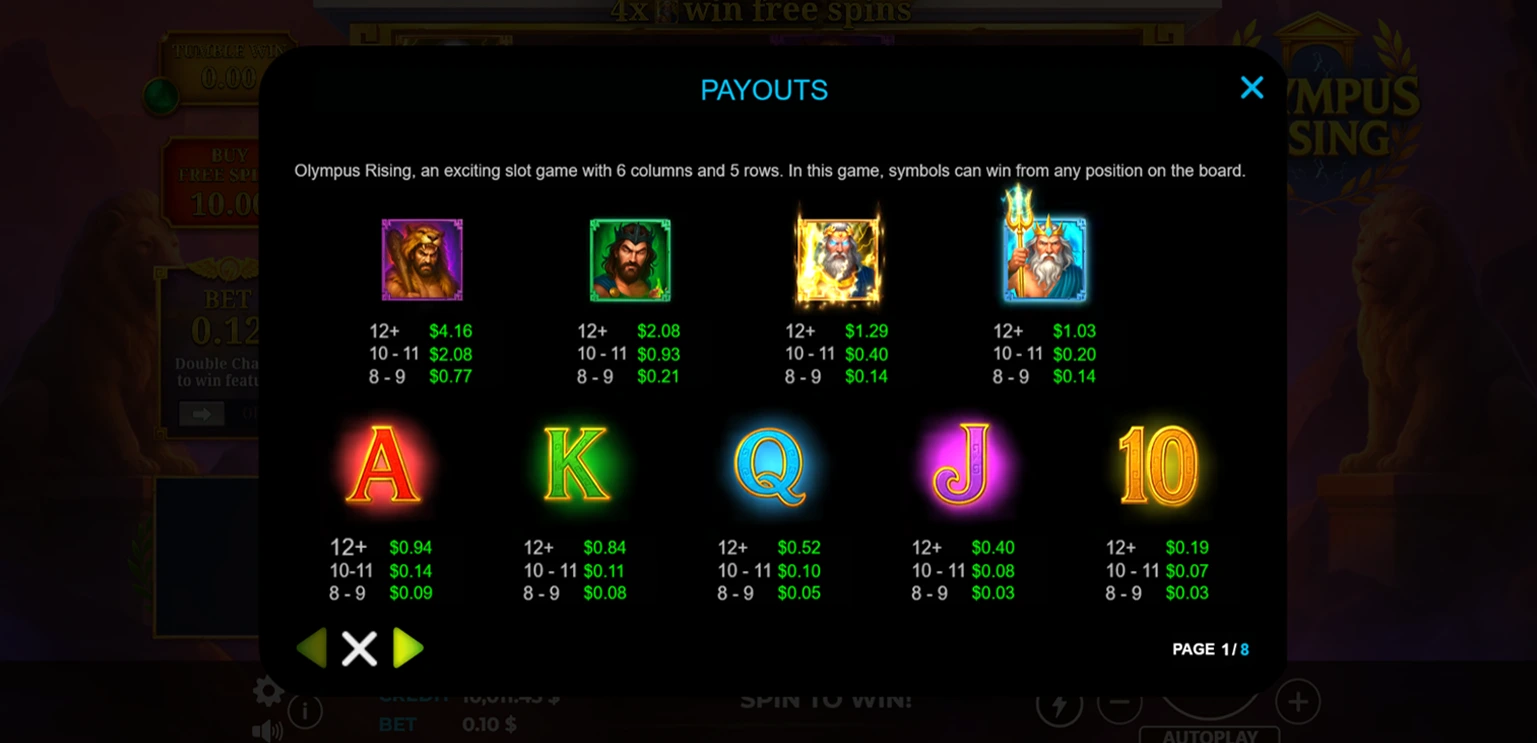
 Our process includes:
Our process includes: